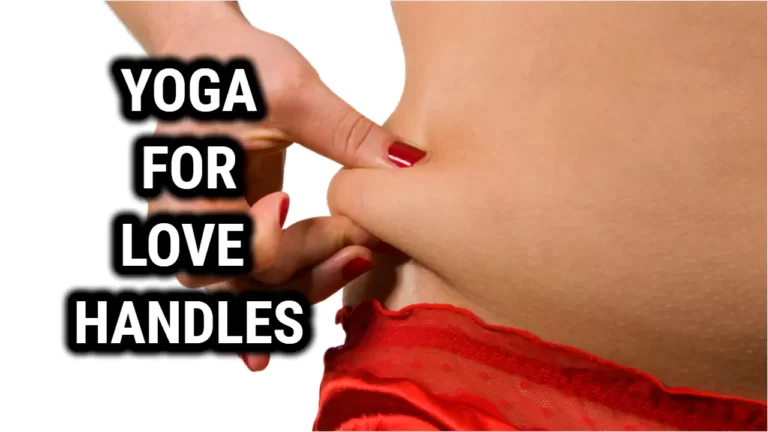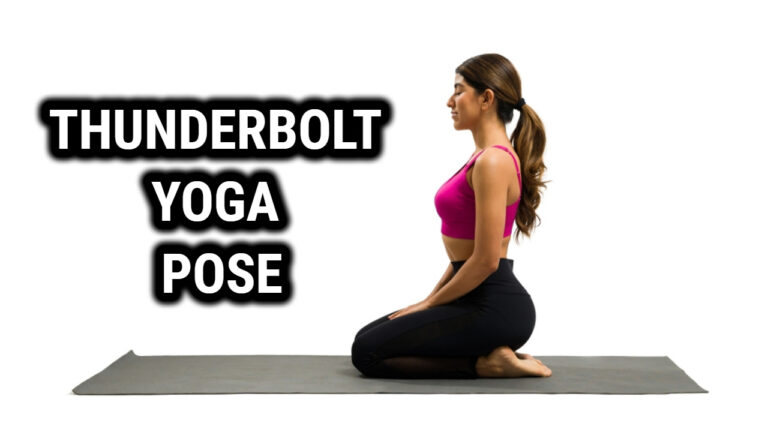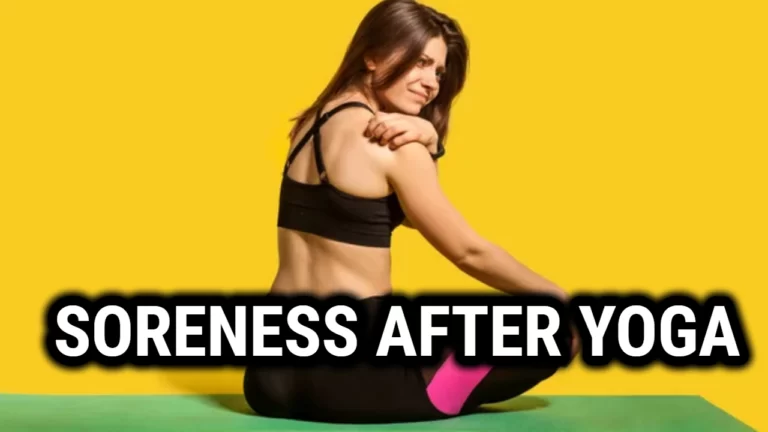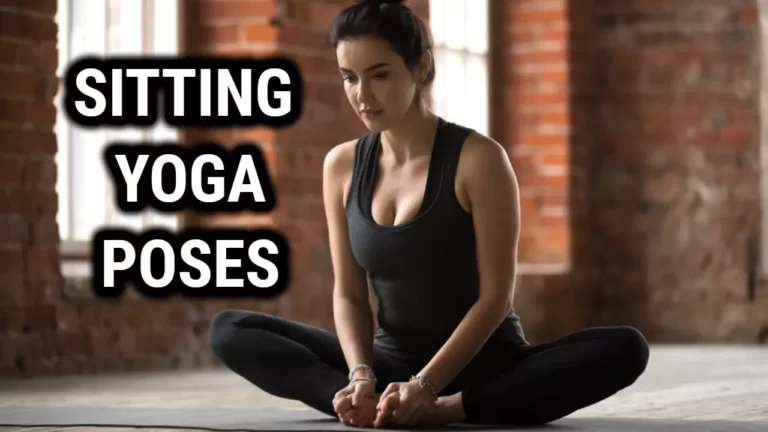Table Yoga Position: Finding Balance in Bharmanasana

In the practice of yoga, Table Yoga Pose, or Bharmanasana in Sanskrit, is often taught as a foundational pose for building strength, balance, and postural awareness. This pose, also known as Tabletop or Tabletop Pose, is performed on hands and knees similar to a tabletop.
What is the Table Yoga Pose?
Step-by-Step Instruction for Tabletop Pose
To perform the Table Yoga Pose:
- Start on your hands and knees on the mat with your wrists directly under your shoulders and your knees under your hips, forming a neutral position.
- Keep your palms flat on the mat, fingers pointing forward and fingers spread apart to stabilize yourself.
- Engage your core muscles and gaze down at the mat to keep your neck straight and in line with the spine.
- Breathe in and lift your tailbone towards the sky while lengthening your spine and keeping your arms straight.
- Exhale and release your tailbone down, relax your spine, and come back to the starting position.
Benefits of Practicing Table Pose
Practicing Table Yoga Pose regularly offers various benefits such as:
- Strengthening the shoulders, arms, and wrists
- Stretching the hips, thighs, and spine
- Improving posture and body alignment
- Building core strength and balance
- Relieving stress and anxiety
Variations of Tabletop Pose
There are several variations of Table Yoga Pose including:
- Plank Pose (Parallel Table Pose): Keep your elbows straight and arms parallel to the floor with your toes curled under.
- Low Lunge with Table Pose: From Tabletop Pose, step your right foot between your hands and sink your hips down, stretching your left leg behind you in a lunge. Place your hands on your right thigh and lift your chest, keeping your shoulders down and away from your ears.
- Balancing Table Pose: From Tabletop Pose, lift and extend your left arm forward and your right leg backward, keeping your hips stable and facing down. Repeat on the other side.
How to Practice Bharmanasana for Strengthening?
Incorporating Bharmanasana for Shoulder and Wrist Stability
To incorporate Bharmanasana into your yoga practice:
- Start in Tabletop Pose with your wrists directly under your shoulders and your knees under your hips.
- Place your forearms on the mat with your palms facing each other and your elbows directly under your shoulders.
- Engage your core and hips and lift your knees off the mat, keeping your forearms and palms pressing down.
- Hold for 5-10 breaths and release back into Tabletop Pose.
Modifications for Knee and Spine Contraindications
If you experience knee or spine discomfort in Table Yoga Pose or Bharmanasana, try these modifications:
- Place a blanket or cushion under your knees for support.
- Keep your hips elevated by placing a block or bolster under your hands.
- Practice Half Table Pose by keeping one knee on the mat and lifting the opposite arm forward.
Lengthening and Strengthening Hip Muscles with Bharmanasana
Bharmanasana can be modified to target the hip muscles as well:
- Start in Tabletop Pose and extend your right leg straight behind you, keeping your toes curled under and your hip bones level.
- Press into your left palm and lift your right leg towards the ceiling, keeping your foot flexed and your toes pointing down.
- Hold for 5-10 breaths and release back into Tabletop Pose.
- Repeat on the other side.
Alignment and Breathing in Tabletop Pose for Beginners
Proper Alignment for Shoulder, Hip, and Wrist in Table Yoga Pose
To maintain proper alignment in Table Yoga Pose:
- Keep your wrists directly under your shoulders and your knees under your hips.
- Press your palms firmly into the mat and spread your fingers wide apart for stability.
- Engage your core muscles and keep your spine long and straight, avoiding rounding or arching.
- Keep your hips level and avoid shifting them to one side.
- Keep your gaze down at the mat to avoid straining your neck.
Breathing Techniques for Finding Balance and Focus in Tabletop Pose
Table Yoga Pose can also be used to cultivate focus and awareness through your breath:
- Take slow and deep breaths in and out through your nose, focusing on the sensation of the air moving in and out of your body.
- As you inhale, imagine expanding your body and lengthening your spine; as you exhale, imagine sinking deeper into the pose.
- Try counting your breaths or adding a mantra to your practice (such as “I am balanced and strong”).
Common Mistakes and How to Avoid Them When Practicing Table Pose
Some common mistakes to avoid include:
- Arching or rounding the spine
- Collapsing the shoulders or wrists
- Shifting the hips to one side or another
- Forcing the pose beyond your level of comfort or capability
- Holding your breath or breathing too shallowly
Incorporating Tabletop Pose, or Bharmanasana, into your yoga practice can offer many benefits for physical and mental health. By understanding the proper alignment, variations, modifications, and breathing techniques, you can fully experience the balance and strength that this pose can bring.
FAQ’s
Q: What is Bharmanasana?
A: Bharmanasana is also known as the Table Pose in Yoga. It is a pose that resembles a tabletop and is considered as a starting point for many other poses.
Q: What are the benefits of Table Yoga Position?
A: Table Yoga Position has several benefits. It strengthens the core and abdominal muscles, improves posture, and also improves balance. Additionally, it can be used as a transition pose or a resting pose between more challenging yoga poses.
Q: Are there any variations of Table Yoga Position?
A: Yes, there are several variations of Table Yoga Position. One variation is to lift one arm and the opposite leg while keeping the torso stable. Another variation is to incorporate the pose with a restorative pose, such as Child’s Pose or Extended Puppy Pose.
Q: What are the Sanskrit names for Bharmanasana?
A: Bharmanasana is commonly known as Table Pose, and the Sanskrit name for it is Bharmanasana.
Q: How can I stabilize my wrists in Table Yoga Position?
A: To stabilize the wrists in Table Yoga Position, ensure that the fingers point forward and spread out evenly. Additionally, press down firmly on the hands and press the fingertips into the ground while drawing the shoulders away from the ears.
Q: What are the instructions for performing Table Yoga Position?
A: To perform Table Yoga Position, start on all fours with the wrists directly under the shoulders and the knees hip-distance apart. Ensure that the spine is in a neutral position and the crown of the head is stretching away from the tail bone. Spread the fingers out and press the hands firmly into the ground to stabilize the wrists. Keep the shoulders and knees aligned throughout the pose.
Q: What are some modifications for Table Yoga Position?
A: Some modifications for Table Yoga Position include placing a blanket or cushion under the knees for support and reducing the duration of the pose for beginners. For practitioners with wrist or shoulder pain, the pose can be modified by performing it on the forearms instead of the hands.
Q: Is there anyone for whom Bharmanasana is contraindicated?
A: Individuals with knee or ankle injuries or carpal tunnel syndrome should avoid performing Bharmanasana or practice it with caution and modifications under the guidance of a certified yoga teacher.
Q: How does Table Yoga Position help strengthen the core muscles?
A: In Table Yoga Position, engaging the abdominal muscles helps to tone and strengthen the core muscles. Drawing the navel towards the spine and keeping the spine neutral while balancing on all fours engages the core muscles and stimulates them.
Q: Can practicing Table Yoga Position hurt my hamstring?
A: No, practicing Table Yoga Position should not hurt your hamstring. It is considered safe and effective for all age groups and levels. However, if you experience any discomfort or pain while performing the pose, stop immediately and consult a yoga teacher or physician.





